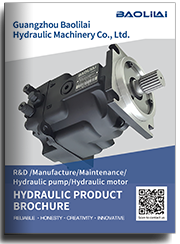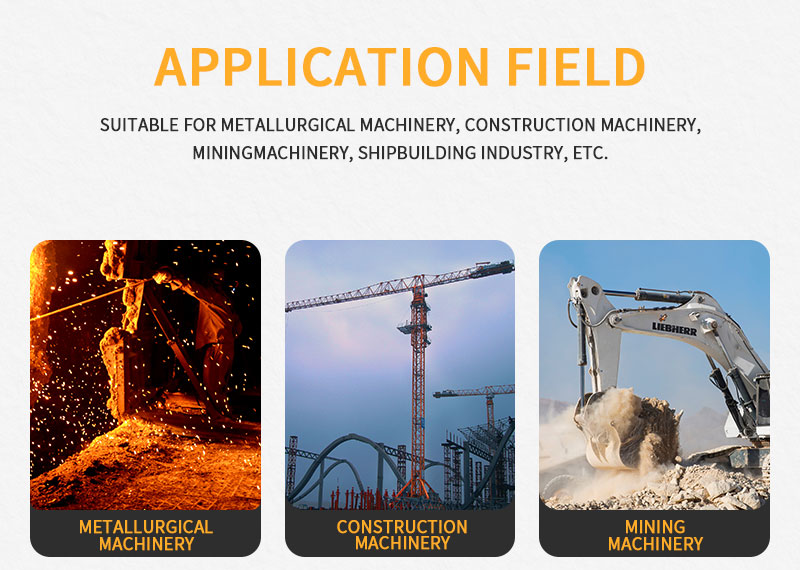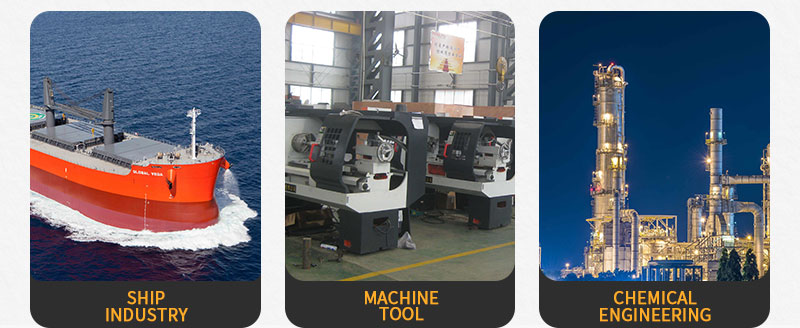ERR130BLS1820NNN3S4CPA1NNNNNNNNNN hydraulic oil pump
ERR130BLS1820NNN3S4CPA1NNNNNNNNNN hydraulic oil pump

- Product Details
- Applicable Scene
Hydraulic systems are essential in various industrial applications, relying on hydraulic pumps to generate the necessary pressure and flow to operate machinery. However, troubleshooting issues related to hydraulic pump pressure and flow control can be challenging. This guide will provide a systematic approach to identify and resolve common problems associated with hydraulic pumps.
ER-R-130B-LS-18-20-NN-N-3-S4CP-A1N-NNN-NNN-NNN
ERR130BLS1820NNN3S4CPA1NNNNNNNNNN
First, it is crucial to understand the basic components involved in a hydraulic system. The key elements include the hydraulic pump, control valves, hydraulic fluid, hoses, and the actuators themselves. Each of these components plays a significant role in ensuring that the system functions correctly.

83037162
The first step in troubleshooting hydraulic pump problems is to check the system for leaks. Leakages can cause a drop in pressure and ultimately lead to inefficient operation of the pump. Inspect hoses, connections, and seals closely for any signs of hydraulic fluid escaping. Use a clean cloth to wipe around the fittings to see if any fluid accumulates; if it does, there is likely a leak that needs repair.
Next, measure the pressure at various points in the system. This requires a hydraulic pressure gauge, which can be attached to different sections, such as the pump outlet and downstream at the actuators. Compare the readings to the manufacturer’s specifications. If the pressure is lower than expected, it might indicate an issue with the pump itself, such as worn components or internal damage. Conversely, if the pressure is too high, this could signify a blockage in the system or malfunctioning pressure relief valves.
Flow rates are equally important to monitor in hydraulic systems. Low flow rates can impede the operation of hydraulic actuators and might be caused by clogged filters or restrictions in hoses. Inspect the hydraulic filter and replace it if necessary. Additionally, check for any bends or kinks in the hoses that could restrict flow. If the hoses are in good condition, consider evaluating the pump’s performance to ensure it meets the required flow specifications.





